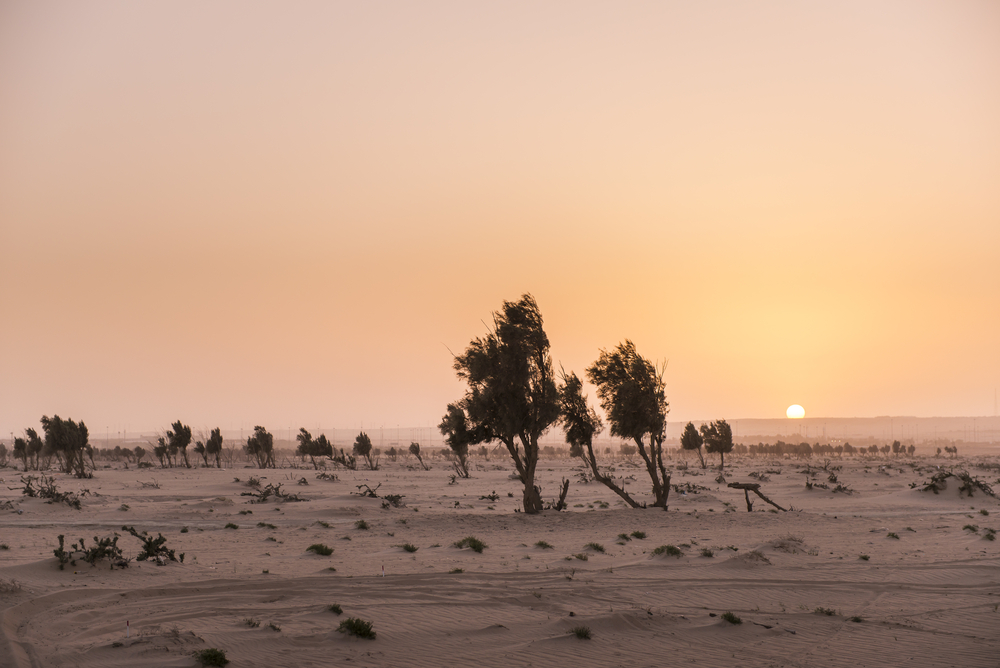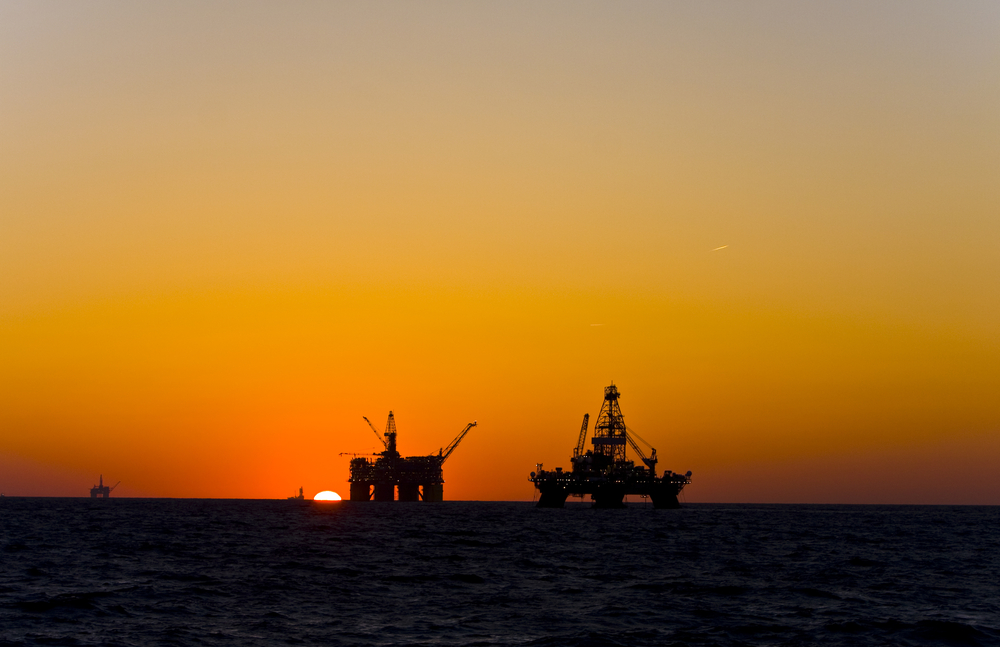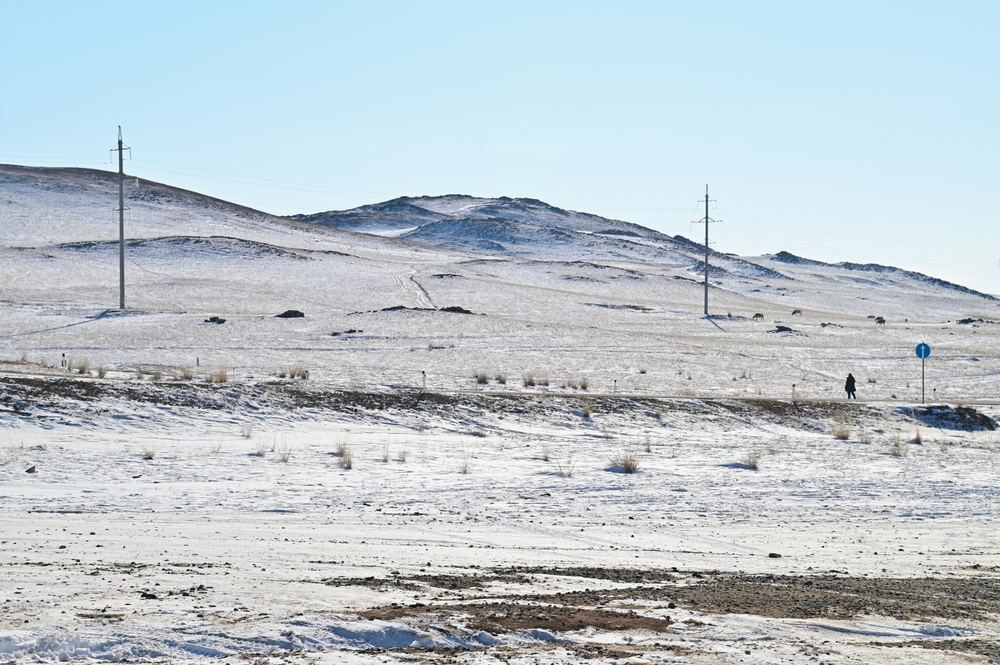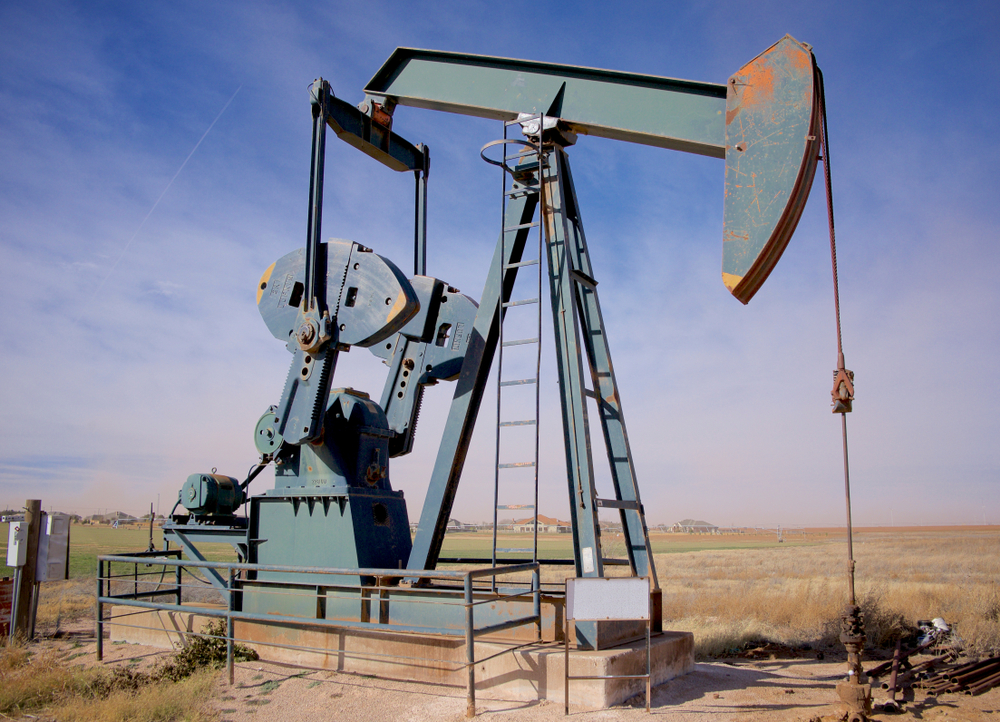As our civilization marches forth into a new era of technological advancements and globalization, it remains tethered to the lifeline of oil reserves that lie dormant beneath the Earth’s surface. These hidden giants, nurturing the pulsating heart of our modern society, cast a long and often complex shadow over the global environment.
Contents
Ghawar Field (Saudi Arabia)

As the world’s largest conventional oil field, Ghawar has been a key player in the global oil industry, consistently supplying a substantial portion of the world’s oil. Its operations significantly influence the pricing and availability of oil on the global market. However, continuous extraction has been a source of environmental concern, with substantial carbon emissions contributing to climate change.
Burgan Field (Kuwait)

Burgan Field stands as one of the world’s largest sandstone oil reserves. It significantly contributes to Kuwait’s economy, directly impacting global oil prices through its production levels. Yet, this heavy reliance on oil production has caused significant environmental degradation, including habitat loss and pollution, setting a pressing precedent for a shift towards sustainable energy production methods.
Cantarell Field (Mexico)

Once one of the most substantial oil-producing fields globally, Cantarell has experienced a drastic production decline over the years. Its decrease in output has pushed Mexico to diversify its economy and energy production methods. Despite its diminished role, its historical significance in contributing to carbon emissions and climate change cannot be overlooked.
Maracaibo Basin (Venezuela)

Maracaibo Basin has played a pivotal role in Venezuela’s economy. It has historically influenced global oil markets due to Venezuela’s OPEC membership. However, its exploitation has brought forth environmental repercussions, including water contamination and air pollution, which have far-reaching impacts on the local ecology and communities.
Rumaila Field (Iraq)

Rumaila Field stands as a critical asset for Iraq, substantially contributing to the nation’s GDP and having a significant influence on the global oil market. Its operations, however, have contributed to environmental degradation, with concerns over water contamination and air quality. The site presents a clear case of the environmental costs associated with heavy oil extraction.
West Qurna Field (Iraq)

Like the Rumaila Field, the West Qurna oil field significantly contributes to Iraq’s economy and has notable sway on global oil prices. The extraction processes have led to substantial environmental impacts, with habitat disruption and pollution posing serious challenges to the local environment and potentially exacerbating climate change on a global scale.
Siberian Reserves (Russia)

The vast Siberian reserves are a linchpin in Russia’s economy and a significant player in the global energy market. While being a vital source of energy, the exploitation of these reserves has led to considerable environmental challenges, including deforestation, soil contamination, and substantial greenhouse gas emissions, impacting global climate patterns.
Spraberry Trend (USA)

Located in Texas, the Spraberry Trend has experienced a resurgence due to modern drilling techniques like hydraulic fracturing. While contributing significantly to the U.S. energy production and influencing global oil prices, these operations have raised environmental concerns, including water usage and potential contamination, seismic activity, and air pollution.
Permian Basin (USA)

The Permian Basin, encompassing parts of Texas and New Mexico, has been a focal point in the U.S. oil industry. It significantly impacts global oil markets and energy policies. However, the extraction activities have brought forth substantial environmental concerns, including high water usage in arid regions, potential groundwater contamination, and substantial greenhouse gas emissions.
Libyan Reserves (Libya)

Libya’s oil reserves have historically been a vital aspect of the nation’s economy, with a significant role in the global oil market. Exploiting these reserves has had considerable environmental repercussions, including water pollution and habitat disruption. Moreover, the geopolitical strife surrounding the control of these reserves has brought attention to the intricate connection between natural resources and global politics.
This article originally appeared on MyCarMakesNoise.
More from MyCarMakesNoise
15 Cars to Avoid If You’re Concerned About Depreciation

If you’re in the market for a new car, it’s crucial to think about how quickly it might lose value. Depreciation can make a significant dent in your vehicle’s resale price, influenced by things like the brand’s reputation, upkeep expenses, and overall demand. Read More.
10 Muscle Cars with Outstanding Safety Features

Historically celebrated for their roaring engines and raw power, muscle cars have evolved beyond mere speed demons. In today’s automotive landscape, they strike a harmonious balance between heart-pounding performance and top-tier safety, ensuring adrenaline rushes don’t come at the cost of passenger protection. Read More.
13 Best Small Cars for Safety-Conscious Drivers

Size doesn’t always equate to safety, especially when it comes to the new generation of small cars hitting the roads. This article aims to debunk the myth that smaller cars can’t offer top-notch safety features. Read More.














